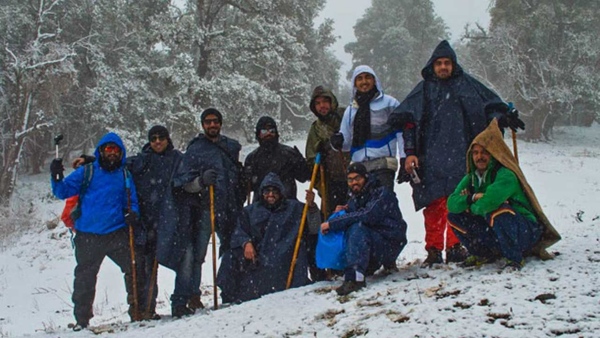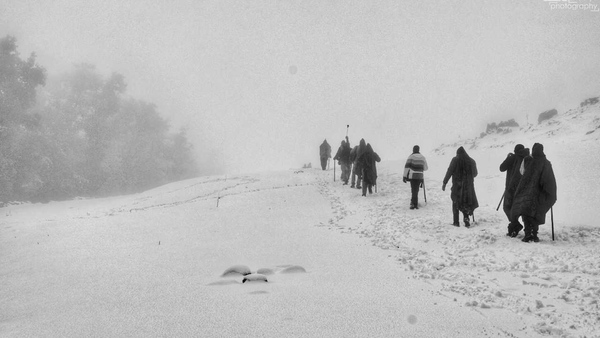Nag Tibba
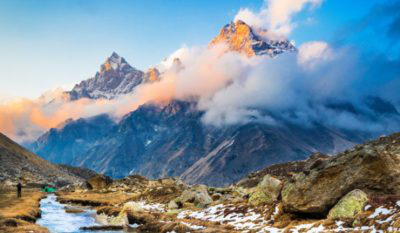
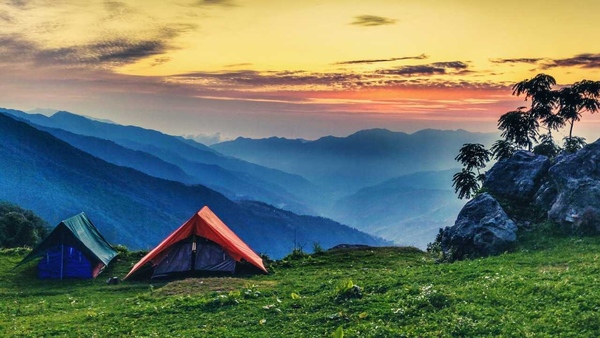
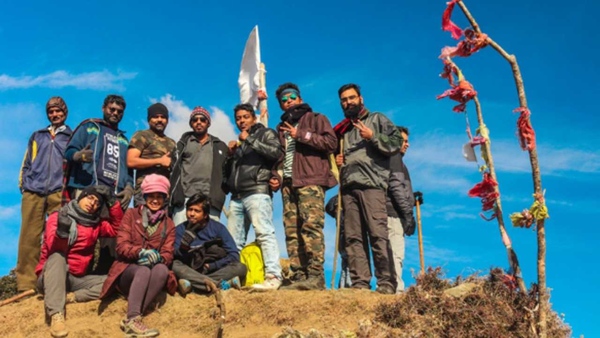
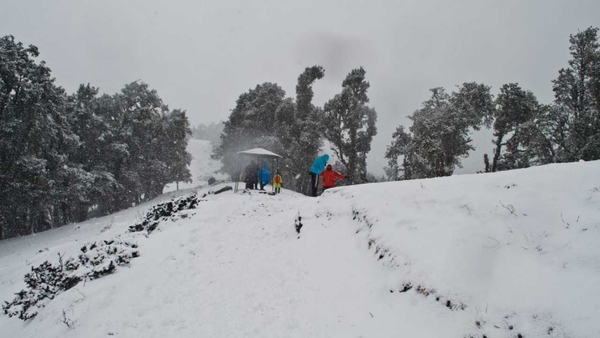
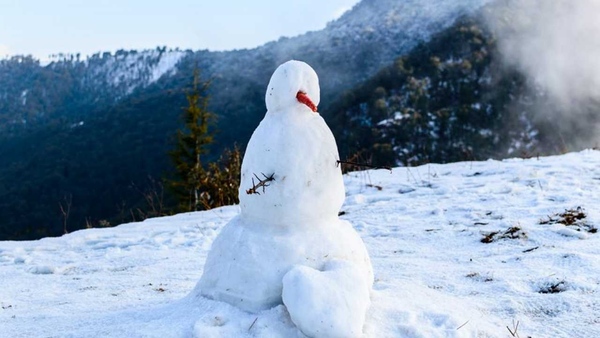
Starts From
₹ 5900/-
About The Trip
The Nag Tibba trek offers you a 100-degree view of the snow-capped Himalayan Mountains which certainly is a sight to behold! Nag Tibba aka Serpent’s Peak is a part of one of the 3 ranges of the lower Himalayas. Located near Mussoorie, this place is perfect for a 2-day trek to refresh your mind and also fuel the wanderer in you.
The trail guides us through villages, dense forests, and meadows. Due to the easy access, this trek can be done by people who are absolutely new to trekking as well! The sunset after reaching the top is magical and is one of the best places to camp for the night. Nag Tibba is an all-season trek. The springs and summers are perfect to camp and also suitable in winter when you get to experience snowfall.
Price
Tickets
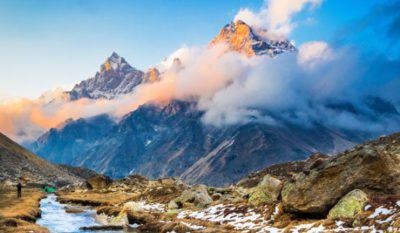
Starting From : INR 6300/-
INR 5900/-
per person
Tickets
 Download PDF
Download PDF
Brief Itinerary
Inclusions & Exclusions
Inclusions
Exclusions
Pickup Points
Detail Itinerary
Details
Pack your bags and gather around at the specified spot in Delhi to start the journey with Plan The Unplanned. We will depart from here to reach the Pantwari Village the next morning
Lunch, Dinner
None
Tents
Details
On reaching Pantwari Village around 8 AM, we will quickly freshen up and have our breakfast to fuel us for the enthralling journey we have ahead of us. Our first campsite is the Nag Mandir, a temple dedicated to the snake gods. Nag Mandir is at an altitude of 7,672 ft and the trek distance from Pantwari to Nag Mandir would be around 5.5kms. The trail takes us through a goat village and a dense forest filled with Rhododendron and meadows.
On reaching the Nag Mandir campsite, we go to the temple to pay our respects and then head over to our tents. Once you are done marveling at the scenic mountains ahead of you, we will gather together for dinner and a bonfire over which we share and hear stories of our fellow travelers. We then retire for the day in our respective tents.
Breakfast, Lunch
None
Tents
Details
Wake up before sunrise and watch the sky change colors as the day-light starts to fill the sky. We will start our journey to the Nag Tibba Summit resting at 9,915ft which is a steep climb of 3 km from the Nag Mandir. After 2-3 hours of trekking, you will be able to enjoy the view of certain Himalayan Peaks like the Trishul, Nanda Devi, Srikanth, Swaragarohini, Black peak, and a few more!
We will head back down to the Nag Mandir Campsite for lunch and then descend back to Pantwari Village! The downhill trek takes about 3 hours.
As we climb back down and reach Pantwari we would also almost come to the end of our journey. With new friends made, new memories created, fresh breath in our lungs we shall board the bus around 7 PM which will get us to Delhi by 6 AM.
Join us on the trek with PlanTheUnplanned to experience the magic of strangers becoming friends and create unforgettable memories.
Things To Carry
- Day backpack (20–30 Ltrs): You will leave your larger backpack at your intended stay because you will only need to carry a few essential items when you are on a local sightseeing tour.
- 1 pair of thermals: Thermals are clothing items that keep your body warm in cold weather. You must bring it with you when visiting cold climates.
- Outdoor Shoes: When travelling outside, especially in the mountains, you need to wear comfortable shoes. Instead of being heavy and bulky, they should be light and robust.
- Sandals or Floaters: A good pair of sandals or floaters will allow you to move easily while you are enjoying a leisurely day.
- 1 down jacket / main jacket: It's important to carry the right layers to prevent getting cold, so you should also carry an insulated jacket you can wear on top of your other clothing.
- 3 Quick Dry Tees: To ensure proper hygiene between stops, you must always have three or more pairs of quick dry tees on hand.
- 3 Pairs of Cotton Socks: You can always rely on a good pair of cotton socks while travelling because they are lightweight and incredibly comfortable to move around in. However, if they are wet, remember to change them and don't wear them.
- 1 Pair of Woolen Socks: Good woolen socks, particularly merino, are cozy, keep odors to a minimum, and offer enough insulation from the cold to be worn at night.
- 1 Poncho: A poncho is a more advanced version of a raincoat that completely protects you from the rain by covering both your body and your bag.
- Quicky Dry Towel: A towel that dries quickly will aid in maintaining good hygiene. The fabric needs to dry quickly because staying wet will only increase the likelihood of bacterial growth.
- Gloves: Insulated gloves aid in keeping your hands at the proper body temperature.
- Sanitizer: Make sure you always have hand sanitizer on hand to reduce the risk of infections and to maintain good hand hygiene.
- Sun Cap: On a hot day, a lightweight sun cap with side flaps is ideal for keeping your head cool and preventing sunburns.
- Lip balm: It's important to keep your lips moisturized because the chilly winds can cause them to become chapped.
- Cold Cream & Sun Screen (SPF 40+): Cold cream and sunscreen are both necessary to prevent sunburns and chafing.
- Water bottle (1 litre): Staying hydrated is crucial when travelling. You must always have a water bottle on you that you can fill up with Himalayan water.
- Bag for all Your Toiletries: You should carry a zip lock bag with all your necessities, such as paper towels, toothpaste, sanitizers, and soap.
- Personal Basic Medical Kit: It is necessary to travel with a medical kit that contains bandages, Dettol, and medications for headaches, nausea, etc.
- People who wear glasses or sunglasses (Use photochromic glasses rather than contact lenses): When exposed to sunlight, photochromatic eyewear is intended to change into anti-glare sunglasses. They are effective for protecting the eyes, but one can also choose clip-on glasses, etc.
- Mobile charger or power bank: Even though most places have electricity, it's always a good idea to have one with you in case of an emergency.
- Documents: Identification documents such as a driver's licence and an Aadhar card.
- Extra Polythene: You can carry your clothing in polythene in case it gets wet or doesn't dry. However, be sure to take all of the plastic that you brought with you into the forest. Avoid leaving behind trash.
- Camera: This ought to be clear. to ensure you get to record all the memorable moments from your journey. Check to see if you have enough storage and extra batteries.
FAQ's
Additional Information
How is the Trip /Trek Organised?
For the proper organization of Backpacking Trips and Himalayan treks, Plan the Unplanned team is associated with a local experienced team that’s registered with ATOAI (Adventure Tour Operators Association of India)
Moreover, we have been working with them for 10 years. Their highly skilled staff with 20+ years of experience, professional local guides and BMC certified trek leaders are the reasons for our continuing partnership with them. The team shall manage all operations, medical and mechanical backup starting from the base location.
Only when we have over 8 bookings from Bangalore, do we send our leaders from Bangalore.
Note: To properly utilize resources, a batch from PTU is clubbed with trekkers who originally book with the local team. This is how all trekking organizations manage their treks. An exclusive PTU batch is only formed when we have a majority of bookings ( over 8 and above ) from PTU

Starting From : INR 6300/-
INR 5900/-
per person
( From 20th Dec 2025 to 2nd Jan 2026)
Tickets
 Download PDF
Download PDF
Reviews
Get our stories delivered
From us to your inbox weekly.
